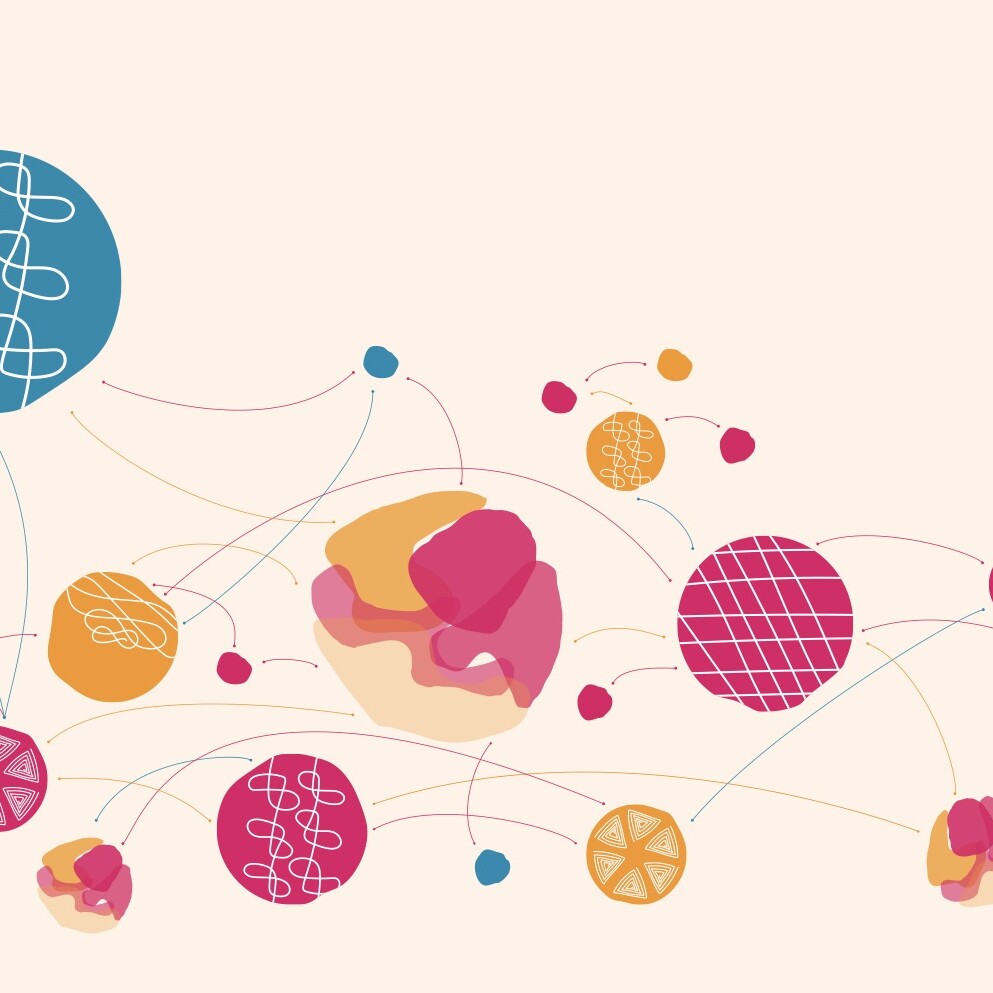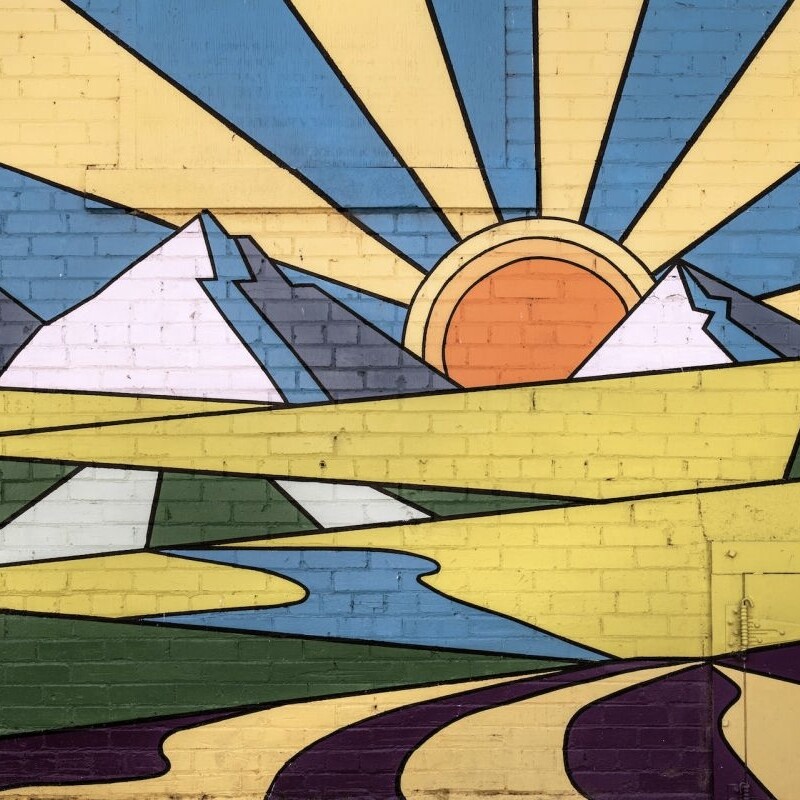Thanks to June Holley for thought partnership!
In campaign-based organizing, we tend to think of engaging people hierarchically: the goal is to move people up the ladder, progressively increasing their levels of engagement. Transplanting this to network organizing can give people a sense of “the network does all the things for network members,” where a few network facilitators become responsible for creating all engagement activities.
These practices shouldn’t be applied to networks. Why? Network members often experience shifts in capacity to engage in a way that is non-hierarchical. Because network participation often happens outside of the context of a job: we may devote less time to it – more sporadically and perhaps with varying levels of commitment. Network organizers should embrace these factors as part of how networks work, rather than trying to mash organizational thinking into network structures.
So, I’m starting to understand the idea of self-organizing as a decentralized, non-hierarchical version of engagement and leadership. We need to unlock this decentralization and move away from centralized levels of engagement. I say unlock because I think this involves a process of unlearning: doing things differently and practicing new ways of being with each other.
Attributes of a network that support self-organizing:
-
- -Widespread desire and openness to collaborate: it feels easy to meet people who are interested in talking, sharing learning, open to new ideas
- -Self-authorization: you don’t feel like you have to ask for permission
- -Accessible resources: including funds, spaces for discussion, knowledge databases, mentors or coaches, whatever else
- -Liberatory culture: all network members actively practice undoing oppressions; working across privileges
- -Spaces to learn in: you can see what others are doing, you feel like you can ask questions and get answers; you can see what others are learning
- -Culture of seeing “failures” as rich learning opportunities: plus a shift away from an attitude of seeing these projects as a waste of time/resources
- -Understanding: how individual’s efforts connect to network goals/values/principles
- -Connecting the dots: ease of finding the right people to collaborate with and learn from
What prevents network members from self-organizing?
-
- -Not feeling autonomy: having experienced generations of marginalization, disinvestment, and maybe never having seen someone like them in positions of power
- -A narrow definition of leadership: privileging only a very specific type of person and way of interacting to be able to arrive to a position of power. This relationship to leadership trains us to do what we’re told rather than to initiate
- -Resource dams and gatekeeping: only certain people have easy access to resources and/or resources are accessible but only after jumping through flaming hoops
- -Lacking a sense of belonging to the network: why should I contribute? What’s in it for me?
- -Culture: how we understand all of these things (autonomy, leadership, resources) is artificially narrow – we’ve become trained to understand them in certain ways and may have difficulty imagining that they could be different
How do we unlock decentralized engagement?
-
- -Popular education: training and capacity building for and from within marginalized groups (these can be groups that are literally on the margins of a network, and/or groups of people that have been pushed to the margins of dominant society)
- -Less gatekeeping of funds: innovation funds and shared gifting can be a way for funders and other gatekeepers to begin to practice letting go of control. Decolonial commons and cooperatives are closer to real, community control of resources. (Consider also: reparations!)
- -Communities of practice: to unlearn some ways of being and practice new ones – creating new cultures of interacting: specifically anti-racist, feminist, decolonial, and otherwise undoing hierarchies. Pair that with being caring and holding space for change and cultural shifts.
- -Protocols and practices: break down how to do things – the steps to take to form a project – as an activity that regularly happens in a network
- -Naming power: measuring and creating intentional interventions around demographic shifts for who is/remains are in positions of power in a network will help xyz
- -Logging Data: collecting, sharing, and visualizing data that gives us a real-time picture of where we are in this shift
Finding best fit: using network weaving to help people find the “right” person/people to start a project with
About Ari Sahagún

I grew up in the tallgrass prairies of Illinois, where the lanky sandhill cranes pause on their way to and from Mexico. Retracing one of my family’s roots, I’ve recently moved south to Mexico City to do what I do as a mixed heritage person: build bridges. One facet of my work is building bridges between extractive capitalism/colonialism and a society that repairs and regenerates from these traumas. I’ve run praxis groups on decolonization and helped investors move hundreds of thousands of dollars to Black- and indigenous-led projects in the US and internationally. The other part of my work is building bridges that support movement networks on the path toward a more just society. Right now, this looks like facilitating peer learning among climate justice organizations in the United States, mapping interconnections that support power-building in California, and co-designing a complex, emerging network to support health equity. My specialties are at the intersections of justice, co-design, network strategy, social network analysis, technology, and communication cultures.
featured image found HERE

Network Weaver is dedicated to offering free content to all – in support of equity, justice and transformation for all.
We appreciate your support!



